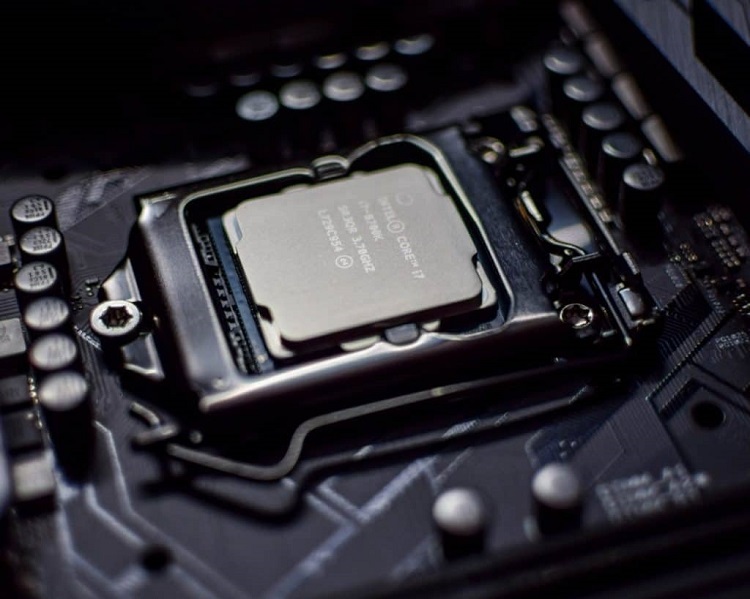A PC has the option of an integrated graphics card or a discrete (dedicated) graphics card. The integrated graphics card uses the CPU hardware and is generally touted as preferential, while the discrete graphics card leans on the PCs resources for its performance. As there are advantages and disadvantages to both types, this deserves a closer look before making a judgment call.
Table of Contents
Shared Memory
With integrated graphics, a single die contains both CPU and GPU. The advantages of this are lower cost, it uses less energy, and is of a small size. The latter makes it compact, thus suitable for tablets, laptops, and smartphones, and sometimes for low-end desktops.Over the past few years and due to improvements made in integrated graphics, many of the older criticisms are no longer valid. They are ample for watching 4K videos and some gaming, but they fall short when it comes to recent high-end games and programmes that are highly reliant on great graphics.
Another downside to integrated graphics is that the CPU and GPU have shared memory. Once you remove the size of the graphics memory, the remainder is all that is left to carry out computing tasks. The latest CPUs generally have integrated graphics cards. In this instance, adding a discrete graphics card allows the software to improve performance by switching between the integrated and dedicated cards.
Separate Memories
Discrete graphics cards are also known as dedicated graphics cards or video cards. They consist of a GPU, a fan for cooling, and some RAM. Although they are bigger and more costly with a tendency to overheat, there is one that will match any power requirement. GPUs have separate memory and can readily be upgraded. They are found in some of the top range laptops and PCs from the middle of the range and up.
You can make your own comparisons of pricing and performance between e.g., the Lenovo Intel® Arc™ Graphics and the GTX 560, but generally, a middle-of-the-range dedicated graphics card will have comparable performance to an integrated Core i7 CPU and the former is priced at around 173 pounds.
Discrete graphics cards have fans built in as they overheat.Some, like the RTX 3090 need five fans to remain cool. The sleeker laptops like Asus Tuf 505, which is best for gaming, utilise a fraction of the energy without needing to be cooled. They may be a greener choice for those who want to conserve energy. However, they would not be suitable for a gamer.
Which Option Is Best
If you’re a dedicated gamer or VR user, your choice has to be the discrete graphics card. Other buyers who should also take this route arethose whose professions include 3D requirements, CAD, Lightroom, Photoshop, animation, video editing, RAW photo editing,and graphics software. It is also best for mining cryptocurrencies. In all other instances, integrated graphics works well. Intel’s integrated graphics are used by almost 9% of the market, despite discrete graphics cards being in the lead.
After considering these factors, it comes down to whether you want a desktop or a laptop, and pricing.













